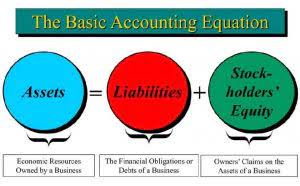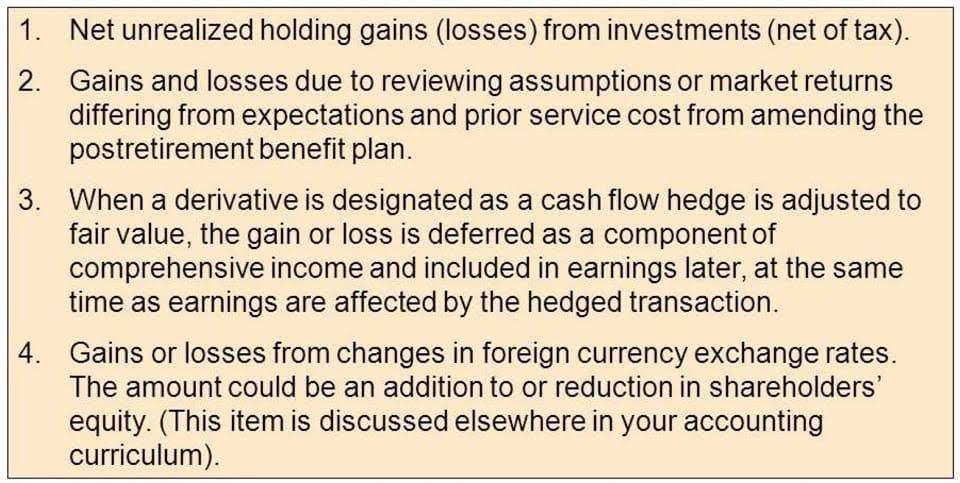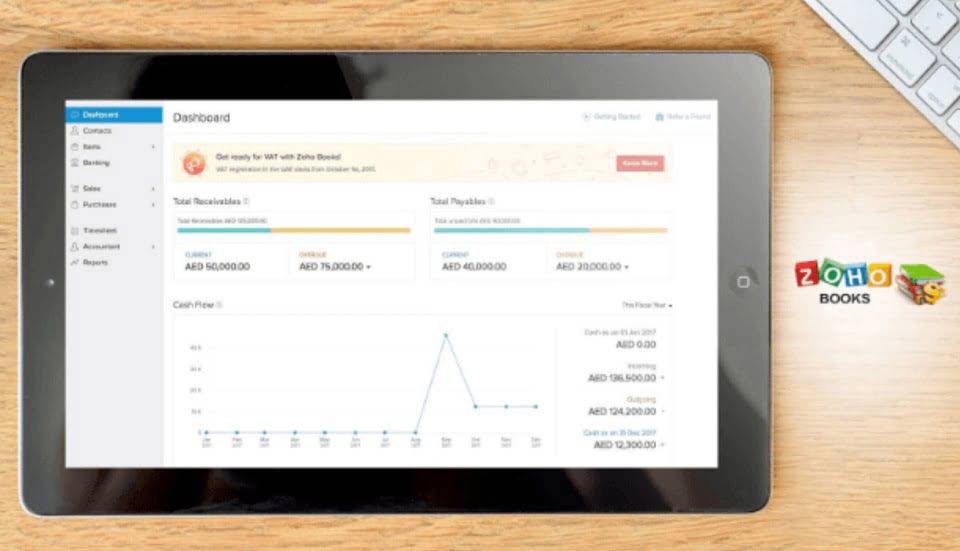
It is typically presented after the income statement within the financial statements package, and sometimes on the same page as the income statement. The statement of comprehensive income is a financial statement that summarizes both standard net income and other comprehensive income (OCI). The net income is the result obtained by preparing an income statement. Whereas, other comprehensive income consists of all unrealized gains and losses on assets that are not reflected in the income statement. It is a more robust document that often is used by large corporations with investments in multiple countries. Comprehensive income is the variation in the value of a company’s net assets from non-owner sources during a specific period.
Statement of Comprehensive Income

This allocation process can be cumbersome and will require more time, effort, and professional judgment. Other comprehensive income is not listed with net income, instead, it appears listed in its own section, separate from the regular income statement and often presented immediately below it. Let’s take a different case where such gains and losses do not flow through the Income Statement. Let us understand this concept with the help statement of comprehensive income of a basic statement of comprehensive income example. One thing to note is that these items rarely occur in small and medium-sized businesses.
Create a free account to unlock this Template
- On your trial balance report, add up all the cost of sales line items and enter the total amount of cost of sales just below the revenue line item on the income statement.
- A company can have a balance of either other comprehensive income or loss, depending on if the value of the investments increases or decreases.
- Her work can be found in print publications including lifestyle magazines, newspapers, and trade journals, and on websites such as Palo Alto Software and business accelerators and Chambers of Commerce in her state.
- Companies can designate investments as available for sale, held to maturity, or trading securities.
- Comprehensive income is the variation in the value of a company’s net assets from non-owner sources during a specific period.
This would reduce complexity and gains and losses could only ever be recognised once. These items are not part of net income, yet are important enough to be included in comprehensive income, giving the user a bigger, more comprehensive picture of the organization as a whole. In today’s complex business environment, understanding and reporting comprehensive income is essential for companies looking to provide a complete and transparent picture of their financial performance.

Common Examples of Other Comprehensive Income

Unrealized gains and losses relating to a company’s pension net sales plan are commonly presented in accumulated other comprehensive income (OCI). Companies have several types of obligations for funding a pension plan. A defined benefit plan, for example, requires the employer to plan for specific payments to retirees in future years. If the assets invested in the plan are not sufficient, the company’s pension plan liability increases. A firm’s liability for pension plans increases when the investment portfolio recognizes losses.
Examples of items recognised in OCI that may be reclassified to profit or loss are foreign currency gains on the disposal of a foreign operation and realised gains or losses on cash flow hedges. Those items that may not be reclassified are changes in a revaluation surplus under IAS 16® , Property, Plant and Equipment, and actuarial gains and losses on a defined benefit plan under IAS 19, Employee Benefits. ‘Recycling’ is the process whereby items previously recognised in other comprehensive income are subsequently reclassified to profit or loss.as an accounting adjustment but referred to in IAS 1 as reclassification adjustments.. In other words gains or losses are first recognised in the OCI and then in a later accounting period also recognised in the SOPL. In this way the gain or loss is reported in the total comprehensive income of two accounting periods and in colloquial terms is said to be ‘recycled’ as it is recognised twice.
- Unrealized gains and losses relating to a company’s pension plan are commonly presented in accumulated other comprehensive income (OCI).
- Comprehensive income is the sum of that net income plus the value of yet unrealized profits (or losses) in the same period.
- Net income is a key measure of a company’s financial health and shows how effectively it’s managing its costs and generating a return on its activities.
- These will be reclassified in a future accounting period therefore impacting profit or loss.
- A revaluation surplus on a financial asset classified as FVTOCI is a good example of a bridging gain.

This is due to the fact that their lottery wins have nothing to do with their employment or occupation, but they must still be accounted for. Comprehensive income connotes the detailed https://x.com/bookstimeinc income statement, where we will also include income from other sources and the income from the main function of the business. Another area where the income statement falls short is the fact that it cannot predict a firm’s future success. The income statement will show year over year operational trends, however, it will not indicate the potential or the timing of when large OCI items will be recognized in the income statement. Net income is the actual profit or gain that a company makes in a particular period.
The Financial Modeling Certification

It summarizes all the sources of revenue and expenses, including taxes and interest charges. Net income is what you have left of gross revenue after subtracting expenses and costs of your goods sold, whereas comprehensive income combines net income with various unrealized gains not reported as earned income. Basically, comprehensive income consists of all of the revenues, gains, expenses, and losses that caused stockholders’ equity to change during the accounting period. Note that the statement for Toulon Ltd. (shown earlier in the chapter) combines net income and total comprehensive income. Two statements would be prepared for IFRS companies that prefer to separate net income from comprehensive income.
Creating a Comprehensive Income Picture
A second statement, called the statement of comprehensive income, would start with net income and include any other comprehensive income (OCI) items. The Wellbourn financial statement (shown in section 3.3 of this chapter) is an example of separating net income and total comprehensive income into two statements. The multiple-step format with its section subtotals makes performance analysis and ratio calculations such as gross profit margins easier to complete and makes it easier to assess the company’s future earnings potential. The multiple-step format also enables investors and creditors to evaluate company performance results from continuing and ongoing operations having a high predictive value compared to non-operating or unusual items having little predictive value. Discontinued operations are separately reported below the continuing operations.



